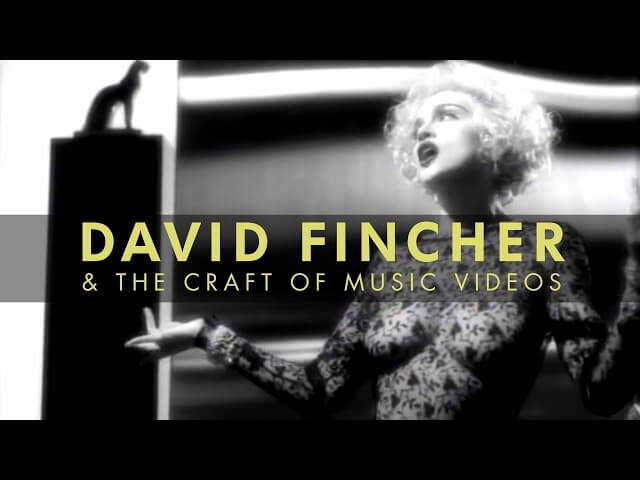To understand David Fincher, look at his music videos

Unlike the much-celebrated early work of Michel Gondry or Spike Jonze, whose music videos are considered on par with their eventual feature films, David Fincher’s pop videos are generally thought of as merely an interesting addendum to his later work. We do not place Madonna’s videos for “Express Yourself” and “Vogue” alongside, say, Zodiac or The Social Network, and video essayist Patrick H. Willems thinks this is because they’re unabashedly pop, not just because of the artists involved but in their very aim. Unlike artier video directors, who may’ve strived to create short films that functioned on their own alongside the music, Fincher’s goal is clearly to accompany and accentuate the virtues of the artist performing. But looking back at how he did that also shows all of his skills as a later filmmaker—namely, the thoughtful editing, masterful framing, and compositional precision—in full bloom.








































